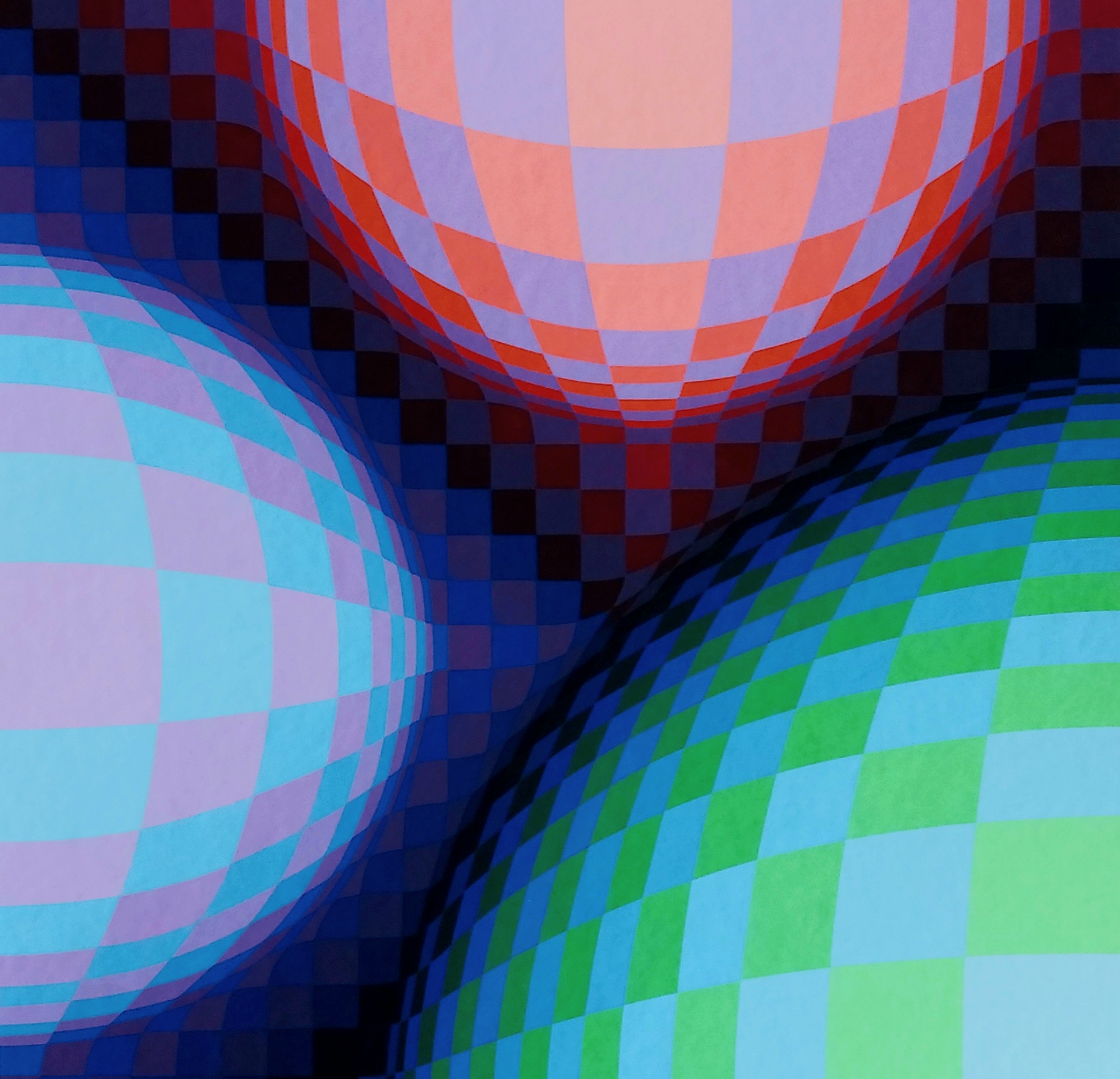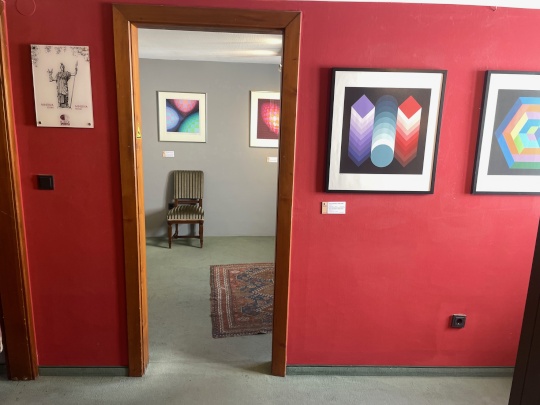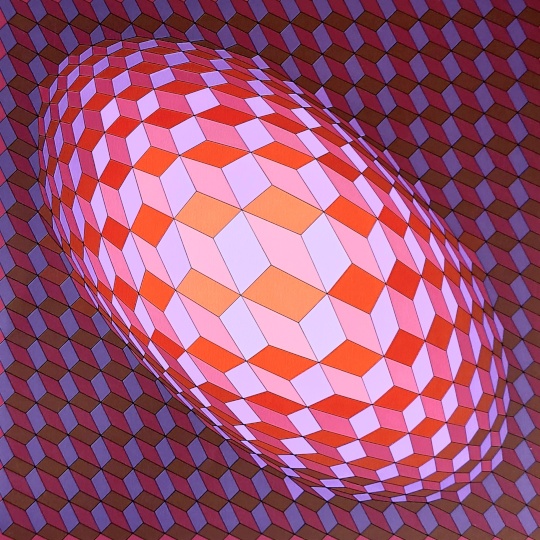Victor Vasarely (1906-1997) | Wizard of op-art
2024. April 26. - May 20.
The father of op-art Victor Vasarely is one of the best-known Hungarian visual artists. He was born in Pécs in 1906 originaly named Győző Vásárhelyi. He began his art studies at the end of the 1920s, as a student of Sándor Bortnyik, who was close to the ideals of the Bauhaus. Vasarely moved to Paris in 1930 and did not stop until the world famous. Our chamber exhibition is a selection of his lithographs from the late 1970s and early 1980s, all are limited edition works, which can be purchased during the exhibition.
One of the main feature of the op-art is that the viewer becomes the victim of a kind of optical illusion, when looking at the colorful artworks edited from various geometric planes. These artworks are extremely popular worldwide due to their hypnotic effect and light acceptance. Looking at the graphics we almost fall into a spell, where the colorful play of lines, circles, and geometric figures transport for the viewer new and new dimensions. Between 1964 and 1976 Vasarely was particularly interested in the structure of biological cells, and in the spirit of this, the "Homage a'la hexagon" was created, in which the recipient perceives the surface in a constantly changing way, sometimes as relief-like, and sometimes as hollow. The ambiguity of the graphics is enhanced by the use of a brilliant color scale, which creates a kind of eternally moving trompe l'oeil on the artworks. Playing with the deformation of lines Vasarely defined his so-called "universal structures". The "Vega Zett" from his famous Vega period is an iconic piece of one such structure. The components of Vasarely's works are deformed, creating plastic reliefs from the plane, this creating the cosmic world of the master, which we can see during the exhibition.
His artworks are held in many international collections and museums: in New York, Paris, Pécs and also in the Vasarely Museum in Budapest.
Exhibited artworks
Impressions from the exhibiton













